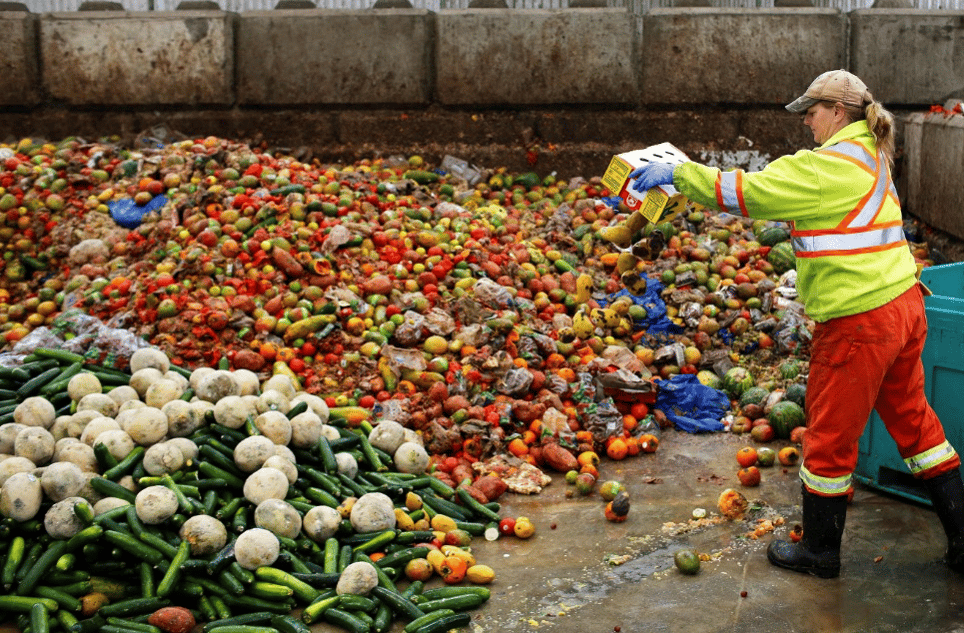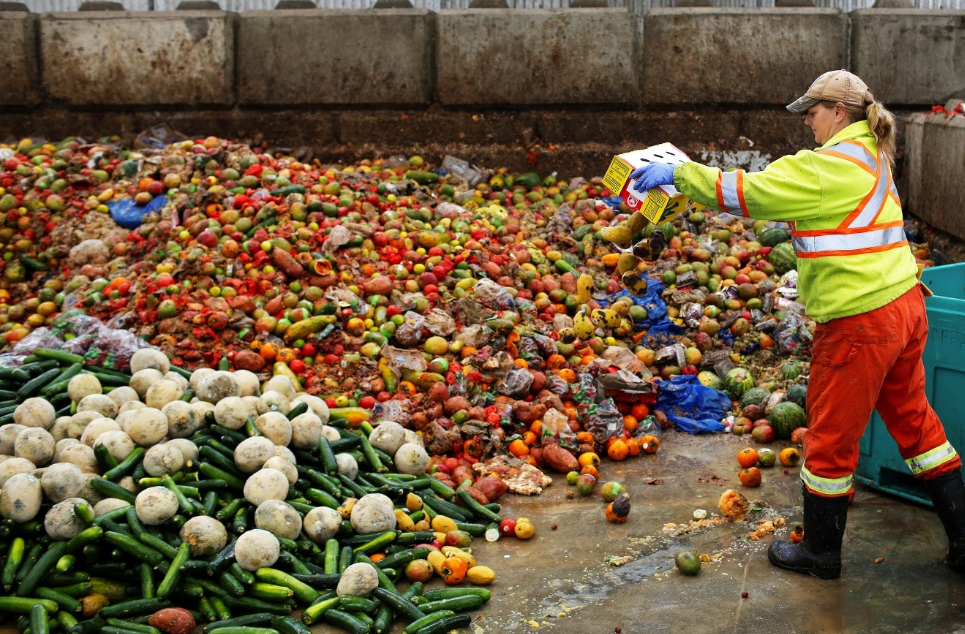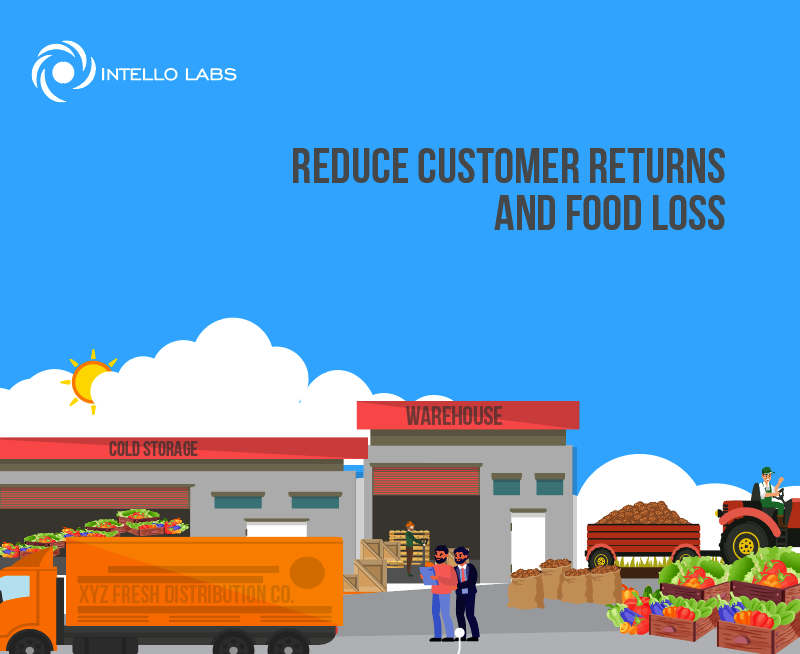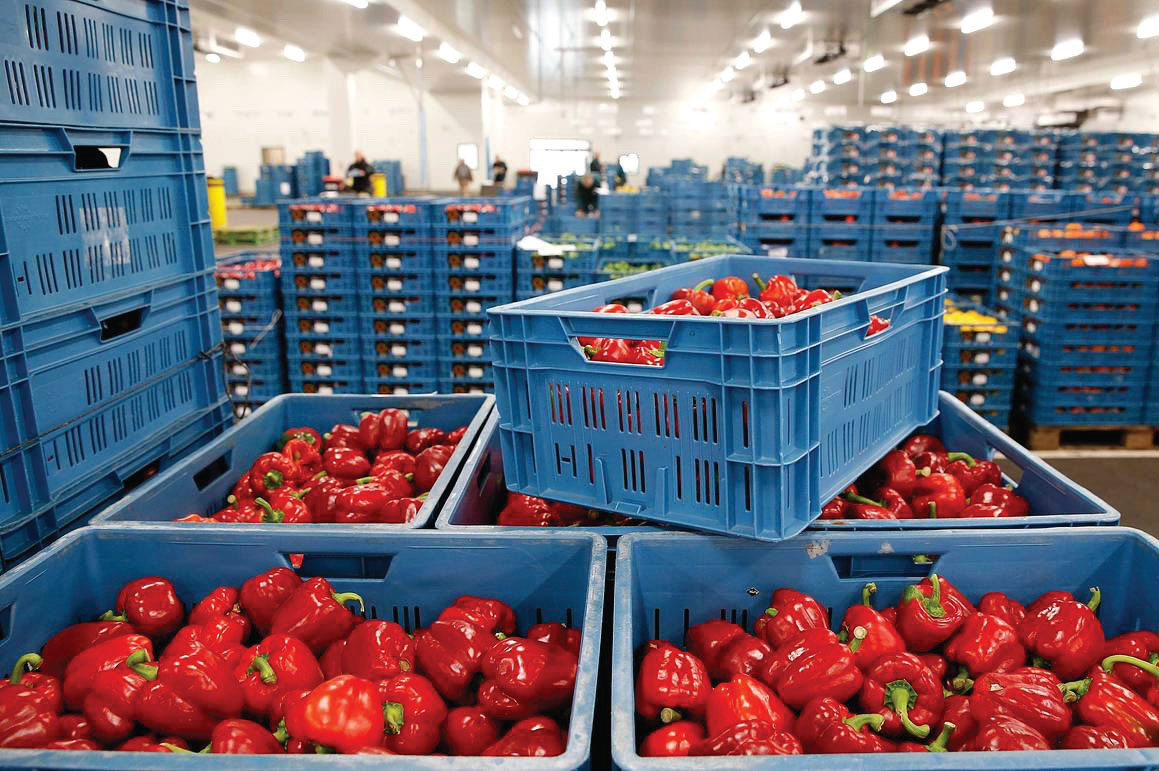We’re back with another post geared towards #FLWDay. For those of you who landed straight here, a quick recap.

The UN’s FAO is celebrating International Day of Awareness of Food Loss and Waste on 29th Sep 2020. And our meagre contribution is a mixed bag of resources.
We began with how businesses can decrease food loss using three practical hacks. We now move on to tools, technologies or processes that have explicitly shown reduction on food loss and waste.
Anything can move the needle – simple tools like improved storage bags that cut staple grain loss by 15% or complex technology like Maersk’s remote container management that continually monitors temperature and humidity to cut food spoilage during transport.
Making a process green
Ketchup is made of tomatoes, more specifically red tomatoes. During sorting, any tomato that doesn’t meet the industry standard is left for waste.
Why? Because green tomatoes are slightly harder with a different flavour profile. An estimated 10% of the entire global tomato harvest is thrown away because ‘it’s not red enough.’
Unilever took this as a challenge and ‘turned off the colour-sorting machine and sent all the tomatoes, whatever their colour, to the processing plant instead.”
The result, after some tinkering of the process using herbs and spices, was Hellmann’s Red and Green Tomato Ketchup. The ketchup was launched in 2017, and it saves about 2.5 million tomatoes from going to waste every year.
With a simple change in their production process, the company ensures that perfectly good food doesn’t go to waste and cost the earth. Businesses have used this concept – processing someone’s waste into a high-value ingredient for you – many times over. Fabanaise, Regrained and Coffee Cherry Co are just three such examples.
Digitising supply chain
A thorn continuously digging into food loss is the blazingly short sale window of perishables. Food waste worsens because the loss is spread across the supply chain.
Fighting this challenge means catching fresh produce just before they are lost and channelling them elsewhere. Digitising the supply chains is the simplest solution, and it can be done using a tool or technology.
Using a tool
A digital tool can analyse food, determine how fresh it is, and then give options on what to do with it instead of letting it go to waste.
Businesses like Reliance Fresh who have adopted Intello’s image-based quality assaying products prove that digitisation battles food waste at many stages.
As a standard operating procedure, at the end of the day, all unsold fruits and vegetables would be thrown away – irrespective of how good or bad state the items are in. When Intello Labs’ product was used to check the quality of dumped items, the results were shocking.
1/3rd of the rejected items were worth re-stocking and selling the next day!
Banking on technology
Post-harvest and before it reaches stores, food turns invisible. Some of it is lost during transportation and some in storage. That’s why we have no idea “what happens to the 5% of our global food supply that never hits shelves.”
How do you fight this niche of food loss? With better transparency and end-to-end traceability of the food supply chain. Blockchain technology like IBM Food Trust™ does precisely that.
Kroger, Walmart, Tyson, Carrefour, Nestle and Driscoll’s are just six of the 80 names using IBM’s blockchain to power their supply network. The technology allows food businesses to share data, upwards and downwards, in real-time, from farm to shelf, offering deeper visibility.
By breaking the silos of the supply chain, blockchain enhances traceability, safety, shelf-life and recall. You can not only track how much food is lost or wasted but also minimise it by ensuring the right quantity and quality reach the shelves at the right time.
Topple the waste mountain
By the time 2030 rolls in, we’ll be losing or throwing away 66 tons of food every second. There is no better time to tip the food waste and loss mountain than right now.
Don’t try your hand at every solution possible; choose where to play and focus your energy on it. The important thing is – start now!!!
Note – This article was originally featured on ThinkAg.



.png)


